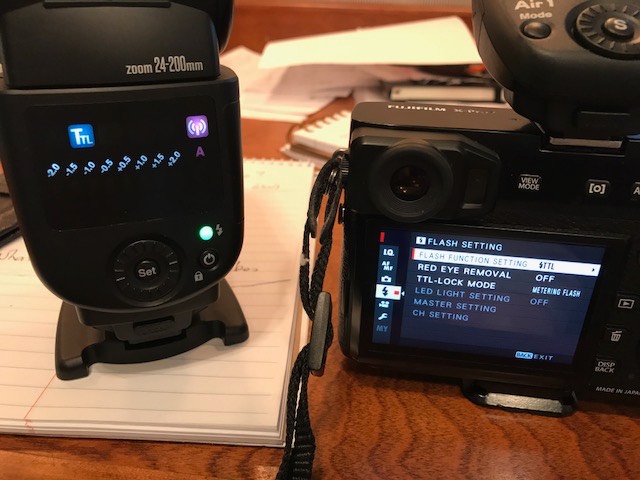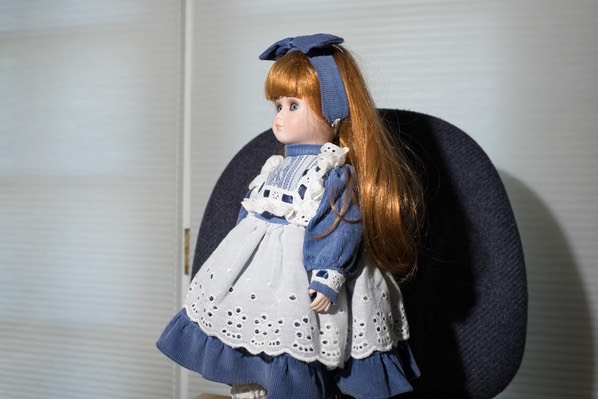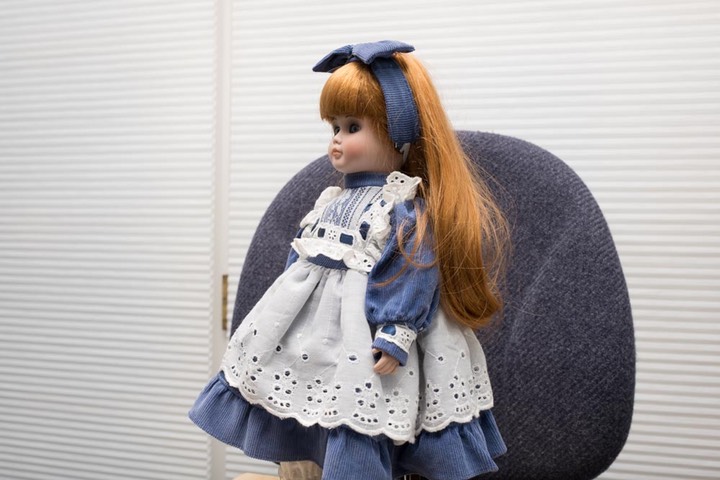Update - April 1, 2017. In addition to the tests with SONY and with Nikon, I recently purchase an Air 1 commander for the Fujifilm XPro-2. Given that the i700A is “Air 1 independent” I was able to use the Di7000A on all cameras. See notes on the Fuji at the bottom of this page.
I wanted to put down some notes on this flash unit since, as of to date (10/31/15), this is the only off-camera flash solution for the SONY A7R II.
It has pros and cons:
Pros:
1. Quite affordable - $299 for the flash + commander, $259 for the flash alone
2. Relatively easy to set up and use
3. Supports high speed sync (HSS)
4. On-camera commander is small and light weight
Cons:
1. The manual(s) suck big time. I was left to explore YouTube videos to get more information
2. The UI is quirky with buttons taking on multiple roles
3. Quite flimsy construction - OK for casual work but definitely not the pro quality of my Nikon speedlights.
Here’s an example of a useful video tutorial.
First test - off camera, TTL.
I set up the camera to photograph a gray card. I dialed in various shutter speeds in (camera) manual mode. The flash was close by, pointing at the gray card (approx 2ft). As you can see from the image below, the exposures came out approximately the same - the flash using TTL to compensate for the changing camera exposures. The white balance was off a bit, but not much. I got similar results when pointing the flash up to the (white) ceiling.

I found it was possible to dial in zoom factors in the “Zoom” mode. From what I can tell, the flash defaults to 24mm unless you manually change the zoom factor. In fact, if you change the zoom factor on the commander, you can hear the flash change zoom. This does not happen when you change the zoom on the lens. So, it’s quite clear that you need to manually adjust zoom to the desired position on the commander. Didn’t make much difference in this test, but did on the next test.
Note: Zoom factor does sync with lens zoom when the flash is mounted on the camera. This makes some sense since the camera and flash are at the same distance from the subject. However, this only works if the flash head is pointed directly forward. Tilt it up and the zoom no longer sync’s with the lens and the flash zoom is set to 50mm (Di700A user manual, p17).
I also tested exposure compensation. I set Custom Setting (6) - Exp. Comp. Set to Ambient Only. Thus, since the gray card was dominantly lit by the flash, no changes in exposure occured.
Second test - High Speed Sync (HSS)
I set the commander to HSS mode. Again, the flash was off-camera, handheld. The background exposure was set to 1/1000sec @ f/4. The first picture is without flash and the colorchecker card is very much in the shade. I then added flash and also increased the shutter speed to reduce the background exposure (up to 1/8000sec). The sequence below shows the results.

The colorchecker card retained roughly the same briightness through this range although I’d say it was a bit under exposed. Also, I needed to hold the flash very close to the card (~1ft) to get this exposure so clearly there is quite a loss of power in HSS mode. I played around a bit with flash exposure comp and max’d out the power. I also set zoom to max (200mm) which helped illuminate the card but the direction I pointed the flash became critical.

Overall I was a bit disappointed with these results.
So, here’s an interesting thing. Since Nissin states that the Di700A flash supports the NAS protocol, I was wondering if they got it right and made the protocol camera-independent. Well, it looks like they have. For $79, I purchased an Air 1 for Nikon and to my surprise it pairs with the Di700A for SONY and controls it just like it should.
Some notes on operation.
1. The Di700A stays paired with whatever commander it was last paired with. So, if I want to swap back & forth between commanders and cameras, I need to re-pair each time. Not a big deal.
2. Unlike on the SONY version, Pressing the (flash) button on the commander for 3 sec does not put it in HSS mode. However, I can set the shutter speed on the D810 to well above 1/320sec (manual exposure mode) and the flash works fine, exposing more or less correctly. I went all the way to 1/2000sec. I have the D810 set to 1/320(autoFP) so I’m thinking it jumps into FP mode without needing to do anything to the commander. I’m skeptical and will try some more experiments.
3. This compatibility could come in handy if I want to swap between the D810 and the A7R II using the same (Di700A) flash. This would mostly to minimize the equipment I need to carry around.
Update April 1, 2017. Using the Nissin Di700A and Air 1 Commander with the Fujifilm X-Pro2.
Nissin now makes a commander for Fuji cameras so I bought one and tested with the Di700A (Sony version). Since the Air 1 controls any Di700A (see above with Nikon), I was able to use this combination and test the TTL capabilites of the commander on the Fuji camera.
Camera set up. This is pretty simple. The camera flash mode is controlled by the Air1 Commander. If the mode is set to TTL, then this is what shows up on the camera menu:


If the Air1 is set to manual mode, this is what shows up on the camera:


So, unlike the SONY, there is no need to set up a separate “wireless” mode.
Unfortunately there is no high speed sync function (HSS) so the fastest shutter speed is 1/250 sec. Rumor has it that Nissin will offer a firmware upgrade to enable HSS but I won’t hold my breath.
Now, let’s see how this combination performs.
Set-up.
Fujifilm X-Pro2, 23mm f/1.4 lens
Exposure set to have the flash dominate the light (very little ambient effect). Camera exposure compensation has little effect.
Air1 / Di700A in TTL mode, no flash compensation
Both camera & flash relatively close to the subject (~2ft) to avoid max’ing out the flash
Flash on stand, camera on tripod.

First sequence, flash head-on, vary exposure on the camera. Should be no effect on the image, confiming TTL operation on the flash.
#1. Exposure 1/60, f/5.6, ISO 200 (DSF 1248.jpg)

#2. Exposure 1/125, f/5.6 ISO 200 (DSF1249.jpg)

#3 Exposure 1/250, f/5.6 ISO 200 (DSF1250.jpg)

OK, looks good, TTL is doing it’s job.
The next sequence has the same exposure sequence as above but the flash is pointed straight up to a white ceiling.



Again, everything is working as expected.
The next sequence has the flash pointed directly at the subject with the flash zoomed (manually, on the Di700A) to 200mm. same exposure sequence as above.



The face is slightly over-exposed, as expected.